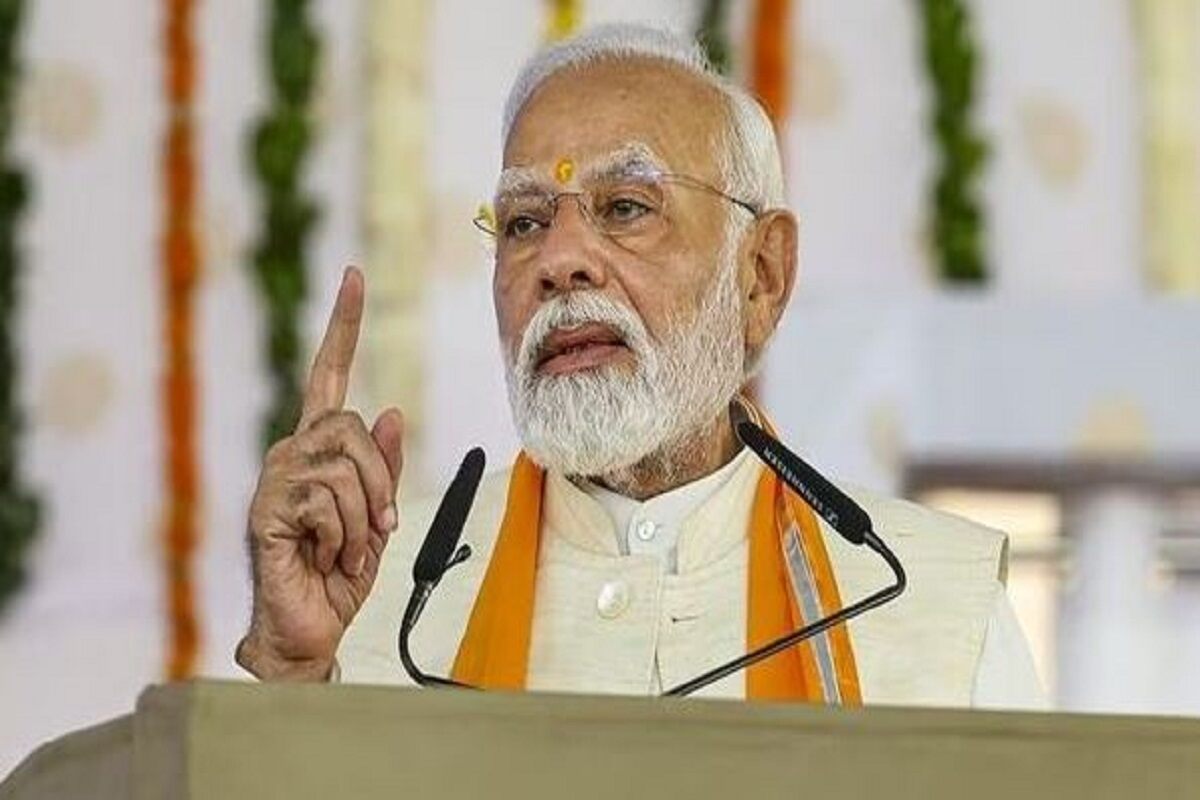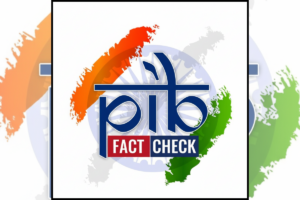
The recent release of the caste census data by the Bihar government has reignited the debate over the need for a nationwide caste census. Prime Minister Narendra Modi on Monday accused the Opposition of continuing to commit the “paap” (sin) of dividing society along caste lines, in an oblique attack on his rivals over the Bihar caste census.
The data from Bihar showed that 63 per cent of the population in Bihar were OBC, out of which 36 per cent belonged to the Extremely Backward Classes. The Opposition parties, especially the Congress, have been demanding that the Modi government should also publish the caste data collected in the 2011-12 socio-economic and caste census (SECC), which was conducted by the previous UPA government.
However, the Modi government has been reluctant to do so, citing various reasons such as data quality, legal implications, and social harmony. In fact, Prime Minister Modi himself has accused the Opposition of continuing to commit the “paap” (sin) of dividing society along caste lines, in an oblique attack on his rivals over the Bihar caste census. He also claimed that the Opposition had wasted six decades in power by engaging in the “game” of playing with the emotions of the poor and dividing society in the name of caste.
In this blog post, I will argue that Modi is right on caste census and that releasing the caste data at this juncture would be detrimental to the nation’s development and social cohesion. I will present three main arguments to support my claim:
1. Caste census would revive Mandal politics and fuel caste-based reservations
One of the main dangers of releasing the caste data is that it would revive the Mandal politics that dominated the Indian political scene in the late 1980s and early 1990s. The Mandal Commission, which was set up in 1979 by the Janata Party government, recommended 27 per cent reservation for OBCs in government jobs and educational institutions. The implementation of this recommendation by the VP Singh government in 1990 sparked widespread protests and violence across the country, especially among the upper castes who felt aggrieved by the policy.
The caste census would provide a fresh impetus to the demand for caste-proportionate reservation, which would mean increasing the quota for OBCs and other backward groups based on their population share. This would further reduce the opportunities for the upper castes and create resentment among them. It would also create divisions within the OBCs themselves, as different sub-castes would compete for a share of the reservation pie. Moreover, it would undermine the merit-based system and affect the quality of governance and education in India.
2. Caste census would reinforce caste identity and hamper social mobility
Another negative consequence of releasing the caste data is that it would reinforce caste identity and hamper social mobility in India. Caste is a complex and hierarchical system that assigns people to different groups based on their birth and occupation. It has been a source of discrimination and oppression for centuries, especially for those belonging to the lower castes such as Dalits and Adivasis. The Constitution of India abolished untouchability and prohibited discrimination on grounds of caste, but caste still remains a powerful factor in Indian society.
The caste census would give legitimacy to caste as a basis of identity and entitlement in India. It would encourage people to identify themselves with their caste rather than their nationality or profession. It would also create incentives for people to claim backwardness or falsify their caste status to avail benefits from reservation or welfare schemes. This would perpetuate caste consciousness and prevent people from transcending their caste barriers and achieving social mobility.
3. Caste census would distract from development agenda and polarize society
The third negative outcome of releasing the caste data is that it would distract from development agenda and polarize society in India. The Modi government has been focusing on development as its main plank since it came to power in 2014. It has launched various schemes and initiatives such as Make in India, Digital India, Swachh Bharat, Skill India, etc., to boost economic growth, create jobs, improve infrastructure, enhance digital literacy, promote cleanliness, impart skills, etc. It has also tried to foster a sense of national pride and unity among Indians by emphasizing on cultural heritage, historical achievements, and common values.
The caste census would divert attention from these development goals and create fissures in society along caste lines. It would pit different castes against each other and create animosity and violence among them. It would also weaken the wider Hindutva umbrella that unites Hindus across castes under a common religious identity. It would undermine Modi’s vision of a New India that is inclusive, progressive, and prosperous.
Conclusion
In conclusion, I have argued that Modi is right on caste census and that releasing the caste data would be harmful to India’s development and social harmony. I have presented three main arguments to support my claim: (1) Caste census would revive Mandal politics and fuel caste-based reservations; (2) Caste census would reinforce caste identity and hamper social mobility; and (3) Caste census would distract from development agenda and polarize society. I believe that India should move beyond caste and focus on merit, performance, and potential as the criteria for achieving success and recognition in society. I also believe that India should embrace its diversity and celebrate its unity as a nation. I hope that you found this blog post informative and persuasive. Thank you for reading.




















